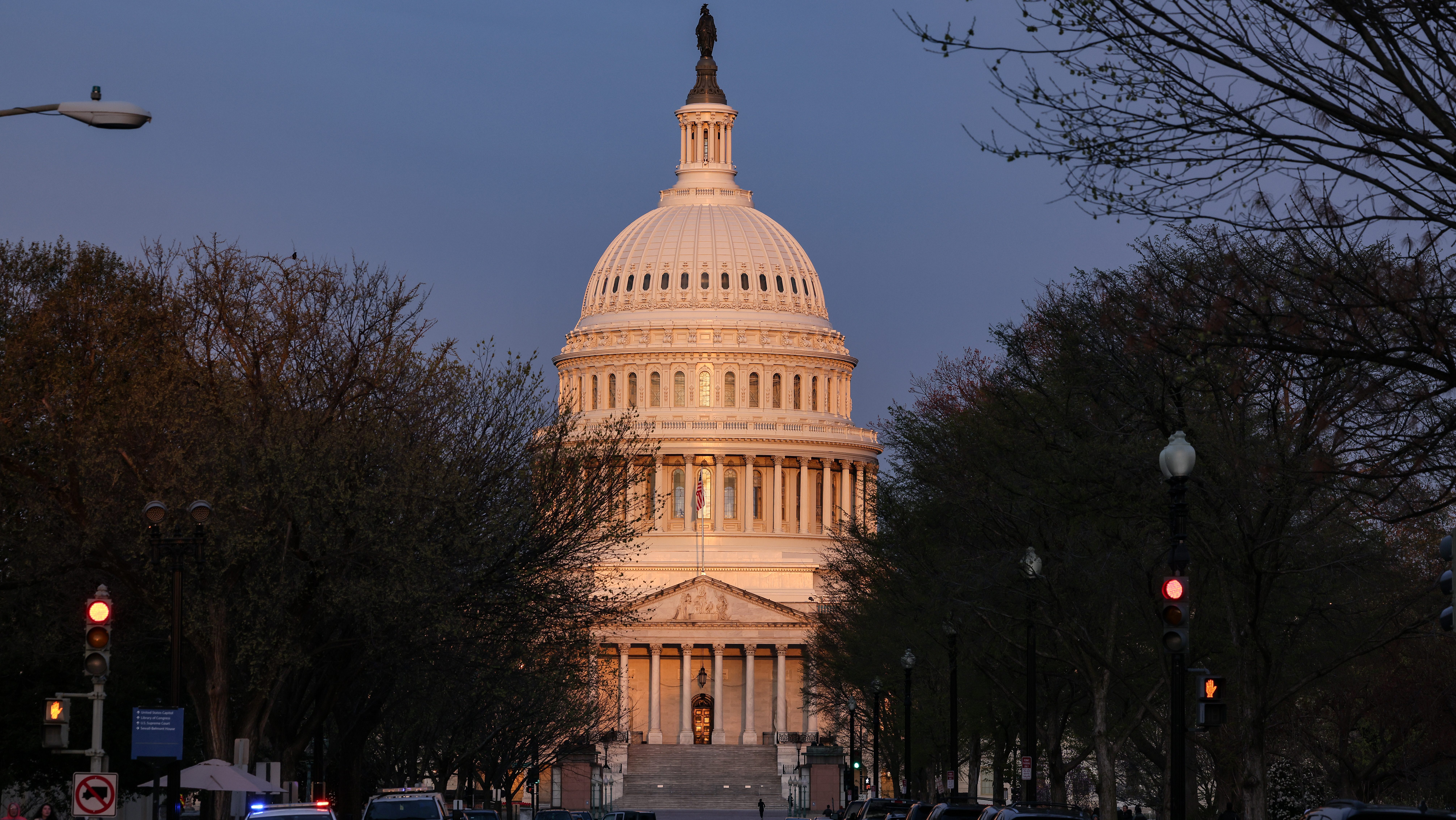WASHINGTON, DC, October 22, 2008 (ENS) - Two conservation groups are suing the U.S. Environmental Protection Agency to force the federal agency to clean up emissions that cloud the air over national parks and wilderness areas.
The National Parks Conservation Association and Environmental Defense Fund filed a lawsuit Tuesday against EPA Administrator Stephen Johnson in U.S. District Court for the District of Columbia.
"Family memories of our national parks shouldn't be clouded by polluted haze," said Mark Wenzler, director of clean air and climate programs at the National Parks Conservation Association. "EPA needs to take seriously its obligation to ensure clear skies for all Americans who seek out our national parks for healthy vacations."
The groups want the court to order the EPA to determine whether states have submitted complete plans required by the Clean Air Act to prevent and remedy haze air pollution in national parks and wilderness areas.
The Clean Air Act and EPA regulations require the EPA to determine by June 17, 2008 whether each state had submitted haze plans, but the groups allege that the federal environmental agency has failed to do so. They say only a small handful of states have submitted haze plans.
Much of the pollution problem that creates haze over national parks comes from old power plants and factories with outdated pollution controls. Emissions from these plants can travel hundreds of miles, contributing to regional haze that obscures scenic vistas over large areas, the groups complain.
"Enforcing the nation's clean air laws will help clear the air for the millions of Americans who treasure our national parks," said Kevin Lynch, attorney for Environmental Defense Fund based in Colorado.
U.S. & World
The day's top national and international news.
"Cleaning up industrial smokestack pollution is one of the single most important steps EPA can take to protect America's health and our national parks," he said.
In May, the National Parks Conservation Association issued a report entitled "Dark Horizons" identifying the 10 national parks most at risk from pollution from new coal-fired power plants.
They are Shenandoah National Park in Virginia; Great Smoky Mountains in Tennessee and North Carolina, Mammoth Cave in Kentucky, Theodore Roosevelt in North Dakota, Mesa Verde in Colorado, Great Basin in Nevada, and Capitol Reef and Zion national parks in Utah, as well as Wind Cave and Badlands national parks in South Dakota.
In addition to their lawsuit, the groups are calling on the Bush administration to halt its efforts to weaken clean air protections for national parks.
Twenty-eight coal-fired power plants are proposed within the air sheds of these 10 national parks, defined as a radius of 185 miles around each park.
Despite objections from its own scientists, the National Park Service, and Congressman Henry Waxman of California, the EPA has proposed a rule that weakens pollution standards and makes it easier to build new coal-fired power plants near national parks.
The change is in the new source review regulations under the Clean Air Act. Currently, these regulations require new and modified large stationary sources of air pollution that increase their emissions to install up-to-date pollution control technology.
EPA's revisions to these regulations would change the test for determining whether a power plant that is modified will increase its emissions of air pollutants and therefore whether it will be required to install pollution controls.
Under the current regulations, EPA evaluates whether the total amount of pollution emitted by the plant each year would increase.
The EPA is now proposing that even if the plant ran more hours and annual pollution increased, this would not matter as long as there was no increase in the amount of pollution emitted by the plant on an hourly basis.
National Parks Conservation Association warns that if this rule is finalized, the air over national parks would be more polluted, and wildlife and scenic views in national parks such as Great Basin, which is largely unaffected by air pollution, would be harmed.
According to the National Park Service, human-caused air pollution reduces visibility in most national parks throughout the country.
The farthest a person can see on a given day in parks across most of the western United States is now about 140 miles - just one-half to two-thirds of what it would be without air pollution caused by human activities.
In most of the eastern national parks, the average visual range is about about 90 miles - just one-fifth of what it would be under natural conditions.
"Millions of Americans visit national parks each year to breathe clean, fresh air and enjoy the majestic vistas," said Earthjustice attorney Jennifer Chavez, who filed the lawsuit on behalf of the conservation groups. "When you can't see the mountains and canyons under all the filthy haze, it's time for EPA to enforce the Clean Air Act."
{Photo: Haze hangs over Shenandoah National Park in Virginia. Photo credit unknown}
Copyright Environment News Service (ENS) 2008. All rights reserved.




